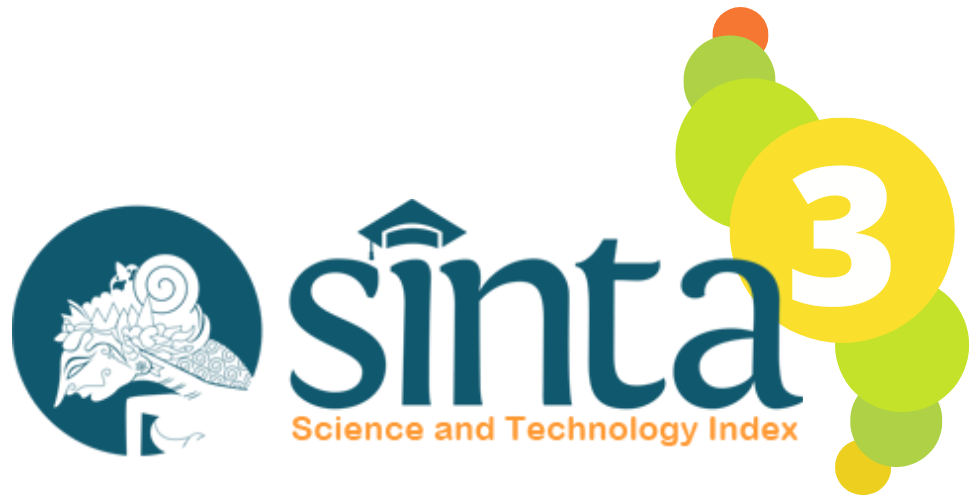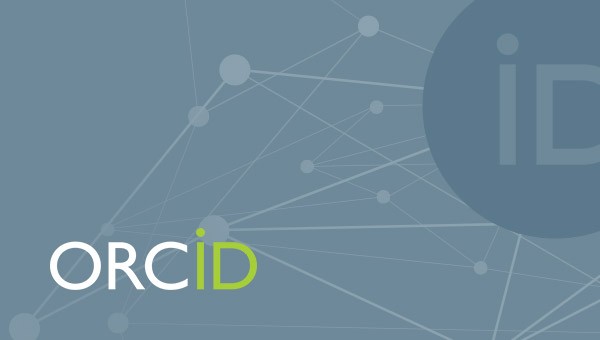Development of Physics Ethnoscience-Based Teaching Materials to Enhance Student’s Analytical Thinking Skills
DOI:
10.29303/jpft.v11i1a.9541Published:
2025-09-30Issue:
Vol. 11 No. 1a (2025): Special IssueKeywords:
Physics Ethnoscience, Teaching materials, Analytical Thinking SkillsArticles
Downloads
How to Cite
Downloads
Metrics
Abstract
This research aimed to develop physics teaching materials based on ethnoscience by integrating local culture wisdom to enhance high school students’ analytical thinking skills. The development model used was the 4D model: Define, Design, Develop, and Disseminate. The teaching materials were designed to meet students' needs and characteristics. The novelty of this research lies in the development of physics teaching materials based on the local ethnoscience of Bau Nyale, systematically designed in accordance with the Merdeka Curriculum to enhance students’ analytical thinking skills, thereby fostering contextual, applicable, and culturally responsive physics learning relevant to the demands of the 21st century. Validation results from two experts in content and media indicated that the materials were feasible, with feasibility scores of 75% (valid) and 83.3% (very valid), respectively. Suggestions for improvement were provided regarding examples of ethnoscience and layout design. Practicality test showed a very positive response from the teacher (85%) and a positive response from students (84.8%), indicating that the materials are user-friendly and support meaningful learning. In terms of effectiveness, the teaching materials significantly improved students’ analytical thinking skills (p < 0.001), with a high average N-Gain score of 0.764. The integration of local cultural context within the materials made physics concepts easier to understand, more contextual, and relevant to daily life, but also contributed to science education in general by fostering culturally responsive learning, strengthening students’ ability to connect culture with physics concepts, enhancing appreciation of local wisdom, and providing a reference for the development of ethnoscience-based science education in schools and higher education
References
Adi, M. F. N., Hakim, L., & Sulistyowati, R. (2023). Pengembangan Media Pembelajaran Fisika Berbasis Etnosains Sejarah Palembang di SMA. Journal on Teacher Education, 4(4), 256–264. https://doi.org/10.31004/jote.v4i4.14417
Annisa, N., Dwiastuti, S., & Fatmawati, U. (2016). Peningkatan Kemampuan Berpikir Analitis Siswa Melalui Penerapan Model Pembelajaran Inkuiri Terbimbing. Journal of Biology Education, 5(2), Article 2. https://doi.org/10.15294/jbe.v5i2.7153
Dinissjah, M. J., Nirwana, N., & Risdianto, E. (2019). Penggunaan Model Pembelajaran Direct Instruction Berbasis Etnosains Dalam Pembelajaran Fisika Untuk Meningkatkan Kemampuan Berpikir Kritis Siswa. Jurnal Kumparan Fisika, 2(2 Agustus), Article 2 Agustus. https://doi.org/10.33369/jkf.2.2.99-104
Eka, I., Irawan, E., Ekapti, R. F., & Faizah, U. N. (2021). Efektivitas Penerapan Model Pembelajaran Problem Based Learning terhadap Peningkatan Keterampilan Berpikir Analitis. Jurnal Tadris IPA Indonesia, 1(2), 108–117. https://doi.org/10.21154/jtii.v1i2.142
Elisa, E., Prabandi, A. M., Istighfarini, E. T., Alivia, H., Inayah H., L. W., & Nuraini, L. (2022). Analisis Konsep-Konsep Fisika Berbasis Kearifan Lokal Pada Jajanan Tradisional Dawet Dan Klepon. ORBITA: Jurnal Pendidikan dan Ilmu Fisika, 8(2), 194. https://doi.org/10.31764/orbita.v8i2.10197
Fianti, F., & Neratania, A. (2024). Developing Physics Teaching Materials Based on Differentiated Merdeka Curriculum Using an Ethnoscience-Integrated Contextual Approach. Jurnal Inovasi Pendidikan IPA, 10(2), Article 2. https://doi.org/10.21831/jipi.v10i2.76663
Hartini, S., Firdausi, S., Misbah, M., & Sulaeman, N. F. (2018). The Development of Physics Teaching Materials Based on Local Wisdom to Train Saraba Kawa Character. Jurnal Pendidikan IPA Indonesia, 7(2), 130–137. https://doi.org/10.15294/jpii.v7i2.14249
Haryadi, R., & Nurmala, R. (2021). Pengembangan Bahan Ajar Fisika Kontekstual Dalam Meningkatkan Motivasi Belajar Siswa. SPEKTRA: Jurnal Kajian Pendidikan Sains, 7(1), 32. https://doi.org/10.32699/spektra.v7i1.168
Isnaniah, N. (2022). Pembelajaran Fisika Berbasis Etno-STEM melalui Permainan Tradisional Kalimantan Selatan. 02(01), 116–121. https://doi.org/10.18592/alkawnu.v1i1.7418
Saharudin, S. (2016). Perilaku Liminal Masyarakat Sasak-Lombok Dalam Bêkayaq Bau Nyalé Dan Pataq Paré. Sasdaya: Gadjah Mada Journal of Humanities, 1(1), 87. https://doi.org/10.22146/sasdayajournal.17036
Wahyuni, S. (2015). Developing Science Learning Instruments Based On Local Wisdom To Improve Student’s Critical Thinking Skills. Jurnal Pendidikan Fisika Indonesia, 11(2), 156–161. https://doi.org/10.15294/jpfi .v11i2.4228
Adi, M. F. N., Hakim, L., & Sulistyowati, R. (2023). Pengembangan Media
Pembelajaran Fisika Berbasis Etnosains Sejarah Palembang di SMA. Journal on Teacher Education, 4(4), 256–264. https://doi.org/10.31004/jote.v4i4.14417
Annisa, N., Dwiastuti, S., & Fatmawati, U. (2016). Peningkatan Kemampuan Berpikir Analitis Siswa Melalui Penerapan Model Pembelajaran Inkuiri Terbimbing. Journal of Biology Education, 5(2), Article 2. https://doi.org/10.15294/jbe.v5i2.7153
Dinissjah, M. J., Nirwana, N., & Risdianto, E. (2019). Penggunaan Model Pembelajaran Direct Instruction Berbasis Etnosains Dalam Pembelajaran Fisika Untuk Meningkatkan Kemampuan Berpikir Kritis Siswa. Jurnal Kumparan Fisika, 2(2 Agustus), Article 2 Agustus. https://doi.org/10.33369/jkf.2.2.99-104
Eka, I., Irawan, E., Ekapti, R. F., & Faizah, U. N. (2021). Efektivitas Penerapan Model Pembelajaran Problem Based Learning terhadap Peningkatan Keterampilan Berpikir Analitis. Jurnal Tadris IPA Indonesia, 1(2), 108–117. https://doi.org/10.21154/jtii.v1i2.142
Elisa, E., Prabandi, A. M., Istighfarini, E. T., Alivia, H., Inayah H., L. W., & Nuraini, L. (2022). Analisis Konsep-Konsep Fisika Berbasis Kearifan Lokal Pada Jajanan Tradisional Dawet Dan Klepon. ORBITA: Jurnal Pendidikan dan Ilmu Fisika, 8(2), 194. https://doi.org/10.31764/orbita.v8i2.10197
Fianti, F., & Neratania, A. (2024). Developing Physics Teaching Materials Based on Differentiated Merdeka Curriculum Using an Ethnoscience-Integrated Contextual Approach. Jurnal Inovasi Pendidikan IPA, 10(2), Article 2. https://doi.org/10.21831/jipi.v10i2.76663
Hartini, S., Firdausi, S., Misbah, M., & Sulaeman, N. F. (2018). The Development of Physics Teaching Materials Based on Local Wisdom to Train Saraba Kawa Character. Jurnal Pendidikan IPA Indonesia, 7(2), 130–137. https://doi.org/10.15294/jpii.v7i2.14249
Haryadi, R., & Nurmala, R. (2021). Pengembangan Bahan Ajar Fisika Kontekstual Dalam Meningkatkan Motivasi Belajar Siswa. SPEKTRA: Jurnal Kajian Pendidikan Sains, 7(1), 32. https://doi.org/10.32699/spektra.v7i1.168
Isnaniah, N. (2022). Pembelajaran Fisika Berbasis Etno-STEM melalui Permainan Tradisional Kalimantan Selatan. 02(01), 116–121. https://doi.org/10.18592/alkawnu.v1i1.7418
Saharudin, S. (2016). Perilaku Liminal Masyarakat Sasak-Lombok Dalam Bêkayaq Bau Nyalé Dan Pataq Paré. SASDAYA: Gadjah Mada Journal of Humanities, 1(1), 87. https://doi.org/10.22146/sasdayajournal.17036
Author Biographies
Kariani Kariani, Universitas Pendidikan Mandalika
Baiq Azmi Sukroyanti, Universitas Pendidikan Mandalika
Physics Education Study Program
Lalu Habiburrahman, Universitas Pendidikan Mandalika
License
Copyright (c) 2025 Kariani Kariani, Baiq Azmi Sukroyanti, Lalu Habiburrahman

This work is licensed under a Creative Commons Attribution-ShareAlike 4.0 International License.
Authors who publish with Jurnal Pendidikan Fisika dan Teknologi (JPFT) agree to the following terms:
- Authors retain copyright and grant the journal right of first publication with the work simultaneously licensed under a Creative Commons Attribution License 4.0 International License (CC-BY-SA License). This license allows authors to use all articles, data sets, graphics, and appendices in data mining applications, search engines, web sites, blogs, and other platforms by providing an appropriate reference. The journal allows the author(s) to hold the copyright without restrictions and will retain publishing rights without restrictions.
- Authors are able to enter into separate, additional contractual arrangements for the non-exclusive distribution of the journal's published version of the work (e.g., post it to an institutional repository or publish it in a book), with an acknowledgement of its initial publication in Jurnal Pendidikan Fisika dan Teknologi (JPFT).
- Authors are permitted and encouraged to post their work online (e.g., in institutional repositories or on their website) prior to and during the submission process, as it can lead to productive exchanges, as well as earlier and greater citation of published work (See The Effect of Open Access).










